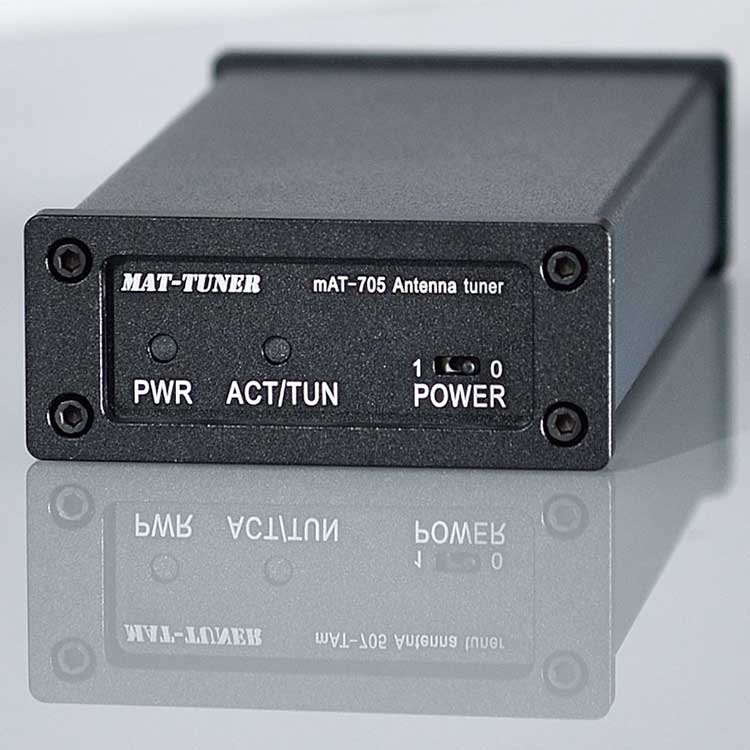Key points about antenna tuners
2023-10-16
An antenna tuner, also known as an antenna matching network or antenna coupler, is an electronic device used in radio frequency (RF) and wireless communication systems to optimize the impedance match between the transmitter, the transmission line, and the antenna. The main purpose of an antenna tuner is to maximize the transfer of RF power from the transmitter to the antenna by ensuring that the antenna's impedance matches the transmitter's output impedance. Here are some key points about antenna tuners:
1. Impedance Matching: Antenna tuners are primarily used for impedance matching. They adjust the electrical impedance of the antenna system to closely match the transmitter's output impedance, typically 50 ohms for most modern transmitters. When the impedance is matched, there is efficient power transfer, reducing reflected power and improving signal transmission.
2. Reflected Power Reduction: A mismatched antenna can result in a portion of the transmitted power being reflected back towards the transmitter, which can cause power loss and potentially damage the transmitter. Antenna tuners minimize this reflected power, improving the efficiency of the transmission.
3. Types of Antenna Tuners: There are two main types of antenna tuners:
- Manual Tuners: Manual antenna tuners require the operator to adjust the tuner's settings manually to achieve the desired impedance match. They are commonly used in amateur radio (ham radio) and some professional applications.
- Automatic Tuners: Automatic antenna tuners, also known as automatic antenna couplers or auto-tuners, are capable of adjusting the tuner's settings automatically. These tuners are commonly used in modern transceivers and mobile communication systems, where frequency and impedance changes can occur frequently.
4. Components: An antenna tuner typically consists of inductors (coils) and capacitors that can be switched or adjusted to create a reactive load that cancels out the reactive component of the antenna's impedance. These components are adjusted to resonate with the antenna's impedance at a specific frequency.
5. Frequency Range: Antenna tuners are designed for specific frequency ranges, and their effectiveness depends on the range they are intended for. Some tuners are designed for wideband use, while others are optimized for narrowband applications.
6. Use Cases: Antenna tuners are commonly used in various applications, including amateur radio, maritime communication, military communication, and commercial broadcasting. They are especially valuable in situations where the antenna length cannot be easily adjusted to match the desired frequency.
7. Efficiency: Properly tuning an antenna with an antenna tuner can significantly improve the efficiency of a radio transmitter, ensuring that a higher percentage of the transmitted power is radiated as electromagnetic waves.
8. SWR (Standing Wave Ratio): Antenna tuners help reduce the SWR, which is a measure of the mismatch between the transmitter and antenna system. Lower SWR values indicate a better impedance match and more efficient power transfer.
In summary, an antenna tuner is a valuable tool in RF and wireless communication systems that helps optimize the impedance match between a transmitter and an antenna. This leads to increased transmission efficiency, reduced reflected power, and improved signal quality. The choice between manual and automatic tuners depends on the specific application and user requirements.



